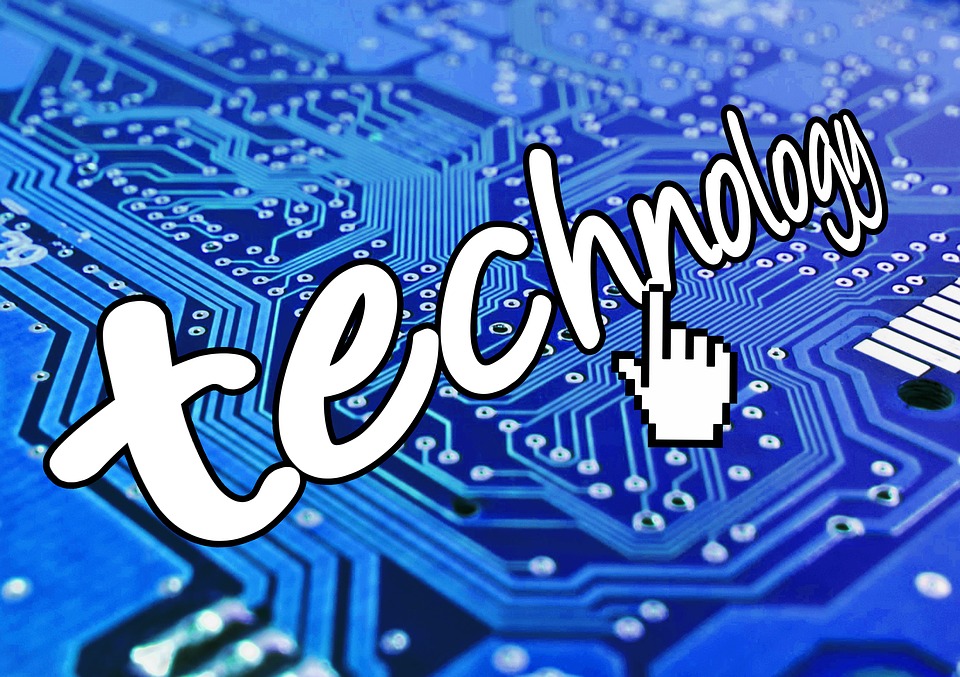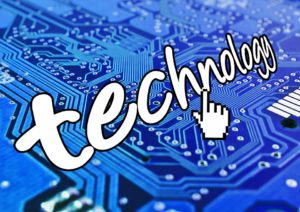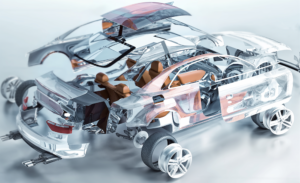
Top 5 Microsoft azure trends in 2022

Microsoft Azure is one of the well-known and commonly used cloud computing services. With each year, substantial technological innovation occurs in Azure, assisting its clients in staying updated and upgraded to keep ahead of the competition. So, let’s look at the top Azure technology trends to watch for in 2022.
Hybrid & Multi-cloud are at Its Peak
The Covid-19 epidemic has boosted the usage of hybrid and multi-cloud infrastructure. Azure hybrid capabilities uniquely handle difficulties using Azure-managed services and products like Azure IoT hub, Azure ARC, and Azure Stack HCI/Edge. On the other hand, managing several cloud and on-premises infrastructures carries inherent complexity and risk.
Furthermore, managed services for Azure Red Hat OpenShift enable on-demand highly available OpenShift clusters with automated operations.
Rise of Event-driven Serverless Containers
Cloud-native and serverless architecture provide new development patterns that improve agility, efficiency, and adaptability. Most businesses continue deploying more PaaS-based services and serverless apps in conjunction with event-driven microservices architectures. According to various research based on Azure IoT hub., SaaS will reach USD 145,377 billion in 2022, while PaaS will reach 71.5 billion US dollars in 2022. Microsoft Azure and its ecosystem provide numerous container and serverless computing services. It includes Azure IoT hub and Azure App Services for building and running applications at scale while reducing IT overhead associated with provisioning and managing the underlying infrastructure.
Rapid Adoption of AI at Edge
Edge computing enables the development of intelligent applications that span the cloud and network peripherals, enabling a network of connected systems and devices to receive and analyze data near the source of created data and the user. By 2028, the global edge computing sector will be worth USD 61.14 billion, with a compound annual growth rate of 38.4 percent. 3. Azure AI services, like Azure IoT hubs, and Azure Cognitive Services, bring trained AI models to the edge and integrate them with your applications to provide low-latency intelligence. It analyses data close to the system where it sits, using container support to provide real-time insights.
Zero-trust Cloud Security to Find Prominence
Every industry recognizes the need for cloud security. IT operations use a Zero-trust security architecture to protect more extensive and complex enterprise networks from modern cyber threats and attacks. This methodology is founded on trust and continuous verification principles. It entails maintaining and giving access to company assets based on repeated identity, device, and service verification. Modern cyber security mesh architectures can lower the financial effect of security incidents by 90% on average.
Microsoft plans to invest USD 20 billion in cybersecurity and enhanced security technologies over the next five years. Microsoft continues developing new services, such as Azure Confidential Computing and Azure Chaos Studio, to implement zero-trust cloud security and compliance standards.
Hyper Automation &XOps to Drive Digital Transformation
Automation technologies have permeated many parts of labor. According to various research based on Azure IoT hubs, robots, automation, 3D printing, and other technologies will generate approximately 79.4 zettabytes of data every year5. Hyper and intelligent automation combines robotic process automation (RPA) and artificial intelligence (AI), such as cognitive services. Machine learning is a critical enabler for automating complicated business processes from start to finish to expedite digital transformation.
AI and Machine Learning (ML) workflows are enabled across the company in the next evolution of data operations. It is known as XOps, and it allows processes and automation to be operationalized from the start rather than as an afterthought. Automating XOps like DevOps, SecOps, AIOps, DataOps, MLOps, and holistic end-to-end automation platforms is crucial for delivering uniformity, governance, and control across the business.
Why is MQTT important for IoT?
MQTT has been identified as one of the leading protocols for IoT solutions in recent years. There are various reasons for this. Firstly, one of the IoT protocols now used is the lightest. Since it is an open standard, any hardware or software can use it. The availability of client libraries for all popular programming languages makes it simple to create IoT applications utilizing MQTT.
MQTT’s flexibility makes it feasible to handle various IoT project designs and use case types, thanks to the publish and subscribe paradigm. Notably, since the broker manages all connections, publishers and subscribers of the system don’t even need to be aware of one another’s existence. The protocol enables highly scalable projects to be implemented, potentially enabling the connection of millions of IoT devices in a single system. Broadcasting messages to numerous devices simultaneously is possible thanks to MQTT’s bi-directional connection. Finally, MQTT provides a wide range of data security measures, including TLS encryption.
Conclusion
Technology is evolving and emerging to assist businesses in meeting the increased demands of people, processes, and growth. This article has highlighted some of the most recent trends from cloud leader Azure that will help you stay current while also requiring close attention to adapt to new technological realities. Don’t hesitate to contact us if you’d like to speak with an Akenza specialist about how Azure may help your business stay competitive. We are confident that by significantly lowering the work and complexity that businesses face when developing IoT solutions, we will be able to steer the Internet of Things movement toward broad market application. The possibilities for connecting the world around us are limitless. It is a matter of awareness, expense, and complexity.


